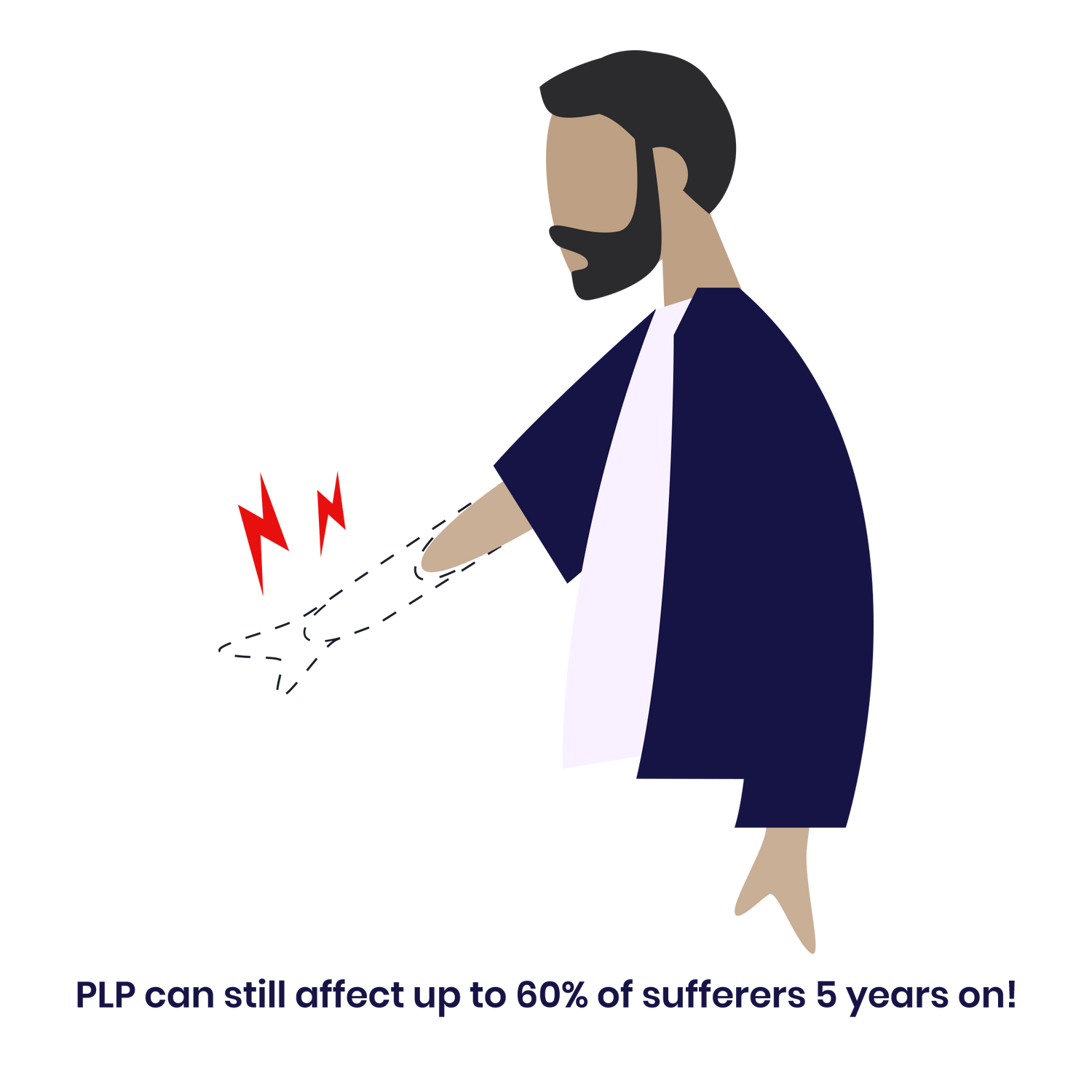Understanding how your brain visualises your limb following amputation is a key factor in managing phantom limb pain

After amputation, the brain still holds on to the old map of your body; it expects signals from a limb that's no longer there.
Phantom Limb Pain (PLP) can arise from this mismatch between the brain's expectations and the new physical reality.
When the brain's internal image doesn't align with the body, it can trigger pain in the missing limb.
Some options are in place to help with Phantom Limb Pain (PLP).
Many of these therapies focus on masking the pain or temporarily tricking the brain that the amputated limb exists. TMR surgery is not always an option, and the side effects of medication / opioids are a concern for many, especially when used in the long term. Sensory Discrimination Training does something very unique; it targets the root cause of the issue and aims to help re-educate the brain to understand that the Phantom Limb is not real, in a drug free, yet effective way.
-

-
PRESCRIPTION MEDICATION / OPIODS
-
MIRROR THERAPY
-
TARGETED MUSCLE RE-INNERVATION (TMR)

Developed to help you improve your sensory perception and relieve pain - all from the comfort of your chair
The SensTrain Neuro-PL has two therapy modes designed to work together.
NeuroTraining Mode guides you through structured rehabilitation. Through the on-screen therapy program you are guided to identify where and what kind of stimulation you feel on your residual limb. As you improve, the challenge increases, helping the brain form a more accurate understanding of your body.
Active Relief Mode delivers a 15-minute session of soothing stimulation. It's designed to help calm flare-ups and provide short-term comfort when you need it.
Whether you're working towards long-term change, or need quick relief, both modes are built to support you.











